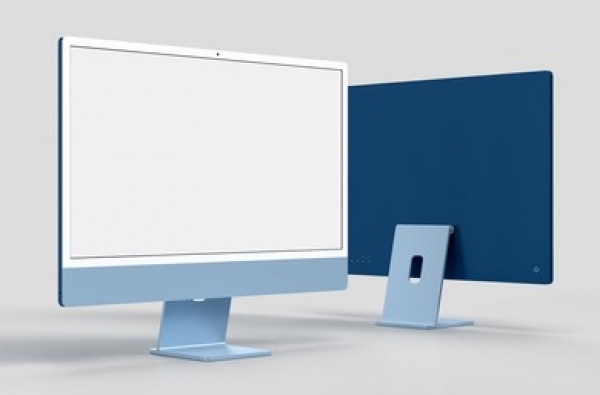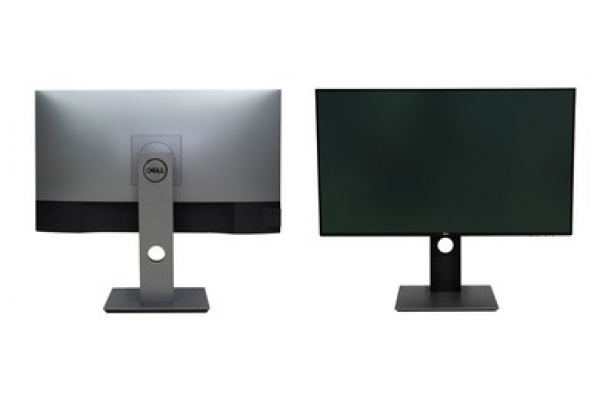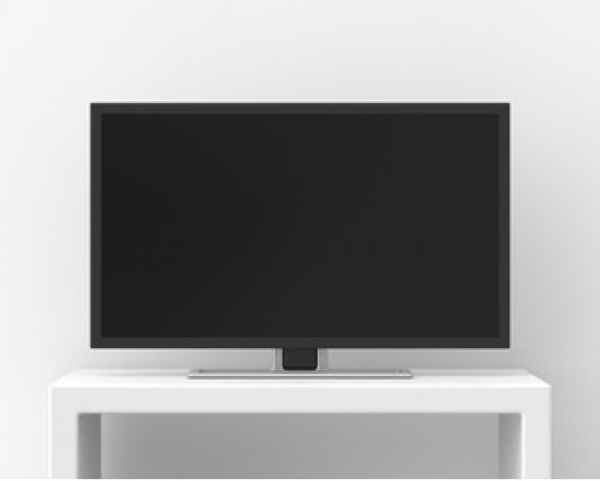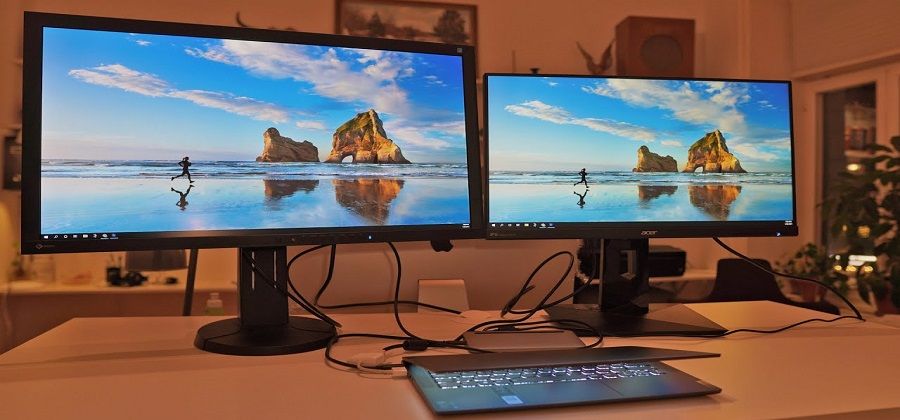A lot has changed in the world of monitors over the years. From the days when 24-inch monitors were the norm to the current trend of 32-inch displays, there have been a lot of changes. It can be hard to decide which one to buy if you’re in the market for a new monitor. 27 vs 32 monitor or 24? You will be in a dilemma.
Do you go for the classic option, a 27-inch monitor? Or do you go for something a little more cutting-edge? In this blog post, we’ll explore what each option offers and help you decide which is the Best monitor for you.
- What Is a 24-Inch Monitor?
- What Is a 27-Inch Monitor?
- What Is a 32-Inch Monitor?
- What Is The Difference Between A 24 Vs 27 Vs 32 Inch Monitor?
- Which Monitor Size Is Best For Gaming?
- The Pros Of 24, 32, And 27 Inch Monitors
- 24 Inch Monitors
- 27 Inch Monitors
- 32 Inch Monitors
- What To Look For In A Monitor?
- Which Are The Best 24 Inch Monitor?
- Which Are The Best 27 Inch Monitor?
- Which Are The Best 32 Inch Monitor?
- Conclusion
What Is a 24-Inch Monitor?

A 24-inch monitor is the perfect size for a desktop. They are usually very affordable and provide a great deal of screen real estate. They are also easy to use, making them a great choice for people new to computing.
What Is a 27-Inch Monitor?

A 27-inch monitor typically has a resolution of 1920 x 1080 pixels. This means that it has more detail than a 24-inch monitor and is great if you want to work on large projects or have many windows open at once. They’re also good for use as web browsers because they have a wide viewing angle.
What Is a 32-Inch Monitor?

32 inch monitors are perfect for multitasking and working on large files. They offer a great viewing experience, with high resolution and wide viewing angles. Some people prefer this screen size because it is easier to see smaller text or graphics.
Other benefits of choosing a 32-inch monitor include its portability and the fact that it can be placed almost anywhere in your room. In fact, from 1080p to 3840 x 2160 you can use any resolution you want.
What Is the Difference Between A 24 vs 27 vs 32 Inch Monitor?
A 24-inch monitor is typically the size of a TV screen. A 32-inch monitor is slightly larger, and a 27-inch monitor is significantly larger, often resembling a computer screen. The main difference between these monitors is their resolution.
A 24-inch monitor has a resolution of 1920 x 1080 pixels, a 32-inch monitor has a resolution of 2560 x 1440 pixels and a 27-inch monitor has a resolution of 3200 x 1800 pixels. Another important difference between these monitors is their refresh rate. A 24-inch monitor has a refresh rate of 60Hz, which means that it will display every image for one second every two seconds.
A 32-inch monitor has a refresh rate of 120Hz, which means that it will display every image for one second every second. A 27-inch monitor has a refresh rate of 144Hz, which means that it will display every image for one second every half second.
Which Monitor Size Is Best for Gaming?
When it comes to gaming, the monitor size can greatly influence the overall experience. While personal preferences may vary, there is a general consensus among gamers that bigger is better. A larger monitor size, such as 27 inches or above, allows for a more immersive and visually stunning gaming experience. The increased screen real estate provides a wider field of view, enabling gamers to see more of the game world and react quicker to in-game events.
Moreover, larger monitors often come with higher resolutions and refresh rates, resulting in sharper visuals and smoother gameplay. However, it is important to consider the available space on your desk and your viewing distance before settling on a monitor size.
A larger monitor may require you to sit further away from the screen to properly view the content, which can impact your gaming comfort and performance. Ultimately, the best monitor size for gaming depends on your personal preferences and setup constraints.
The Pros of 24, 32, And 27 Inch Monitors
Here’s a look at the pros of each size:
24 Inch Monitors
These are the most common sizes and are great for general use, including working on documents or spreadsheets. They’re also good for casual gaming and video editing.
27 Inch Monitors
A 27 inch monitors are becoming increasingly popular because they’re smaller than most other monitors but still offer a good deal of screen space. They’re good for laptop usage and can be used on desktop and laptop computers.
32 Inch Monitors
These offer more space and may be better suited for work with lots of graphics or design elements. They’re also popular among people who want to use multiple programs simultaneously. When you use a larger screen you can get extra space for multitasking. If its a 4k monitor then pixel density will be lower than other smaller monitors.
What to Look for in A Monitor?
When shopping for a monitor, there are a few key things to look for. The first is the size of the screen. Most monitors are now available in either an “inch” or “vs” format. An inch monitor is generally the standard size and will fit most people’s needs. Vs monitors are slightly smaller and best suited for dual-screen setups or on small desks.
The next thing to consider is the resolution. Monitors typically come in two resolutions: 1920 x 1080 (or Full HD) and 2560 x 1440 (or Quad HD). While both of these resolutions offer great picture quality, depending on your needs, one might be more suitable.
If you only plan on using your monitor for basic work tasks like browsing the internet and reading emails, a 1920 x 1080 resolution will be fine. But if you want to play games or watch high-definition movies, a 2560 x 1440 resolution would be better suited.
Another key factor to consider is the color quality. Monitors range in color quality from extremely poor (in terms of color reproduction) to very good. The color quality must be good enough to meet your needs if you plan on using your monitor primarily for viewing photos and videos.
And finally, make sure you get a monitor that has built-in features that you need or want. For example, some monitors have built-in speakers and USB ports, while others have features like tilt adjustment and an adjustable height.
Which are the best 24 Inch Monitor?
The best 24 inch monitor can vary depending on your specific needs and budget. Here are a few 24 inch popular monitor options to consider:
- Dell UltraSharp U2415: This monitor is popular for it’s excellent color accuracy, wide viewing angles, and extensive connectivity options.
- ASUS TUF Gaming VG249Q: This monitor is a great choice for gamers, with a fast response time, high refresh rate, and adaptive sync technology.
- AOC G2460PF: This monitor is a cost-effective option for those who need a lot of screen real estate for productivity, with a high resolution and a large amount of desk space.
- ViewSonic VX2457-MHD: This monitor is a budget-friendly option with a fast response time and a low input lag, making it a good choice for gaming and multimedia applications.
- LG 24MK400H-B: This monitor is a great choice for those who need a basic monitor with basic features, such as a decent resolution, VGA and HDMI inputs, and a low price point.
Which are the best 27 Inch Monitor?
Finding the best performing 27 inch monitor can be challenging. Here are a few 27 inch popular monitor options for gaming and other tasks:
- Dell UltraSharp U2719DX: This monitor is a great choice for those who need a high-resolution monitor for productivity and creative work, with a 1440p resolution and excellent color accuracy.
- ASUS ROG Swift PG279QZ: This monitor is a top choice for gamers, with high refresh rate, and adaptive sync features.
- LG 27UK650-W: This monitor is a great all-rounder, with excellent color accuracy, HDR compatibility, and USB-C connectivity for easy device charging and data transfer.
- AOC CQ32G1: This monitor is a great choice for those who want a large, curved monitor for an immersive gaming experience, with a fast response time and adaptive sync technology.
- ViewSonic VX2776-SMHD: This monitor is a budget-friendly option that offers excellent image quality and a wide viewing angle, making it a great choice for both work and play.
Which are the best 32 Inch Monitor?
Selecting the best 32 inch monitor depends on individual needs and budget constraints. Below are several 32 inch popular monitor options:
- Dell UltraSharp U3219Q: Ideal for those seeking a high-resolution monitor for productivity and creative several tasks, featuring 4K resolution and extensive color accuracy.
- ASUS ROG Swift PG329Q: The perfect choice for gamers, boasting fast response time and high refresh rate for full time gamers.
- LG 32UL500-W: A versatile option with excellent color accuracy, HDR compatibility, and USB-C connectivity and portability.
- AOC CU32V3: Ideal for individuals looking for a large, curved monitor for competitive gaming and business works or office works.
- ViewSonic VX3211-2K-MHD: A budget-friendly choice that offers exceptional image quality makes it perfect monitor for programming.
Conclusion
If you’re looking for a monitor that will fit nicely with your current work setup, the 24-inch model is a great option. It’s not too big or too small, and it won’t take up too much desk space. On the other hand, if you need more space to spread out your work, the 32-inch model is worth considering. And if you want to see everything on your screen without having to scroll around, the 27-inch model is perfect for you.







![Eluktronics MAX 17 Laptop VS Eluktronics MAX 15 [Comparisons]](https://besttechadviser.com/wp-content/uploads/2022/04/Eluktronics-MAX-17-Laptop-VS-Eluktronics-MAX-15-450x210.jpg)







